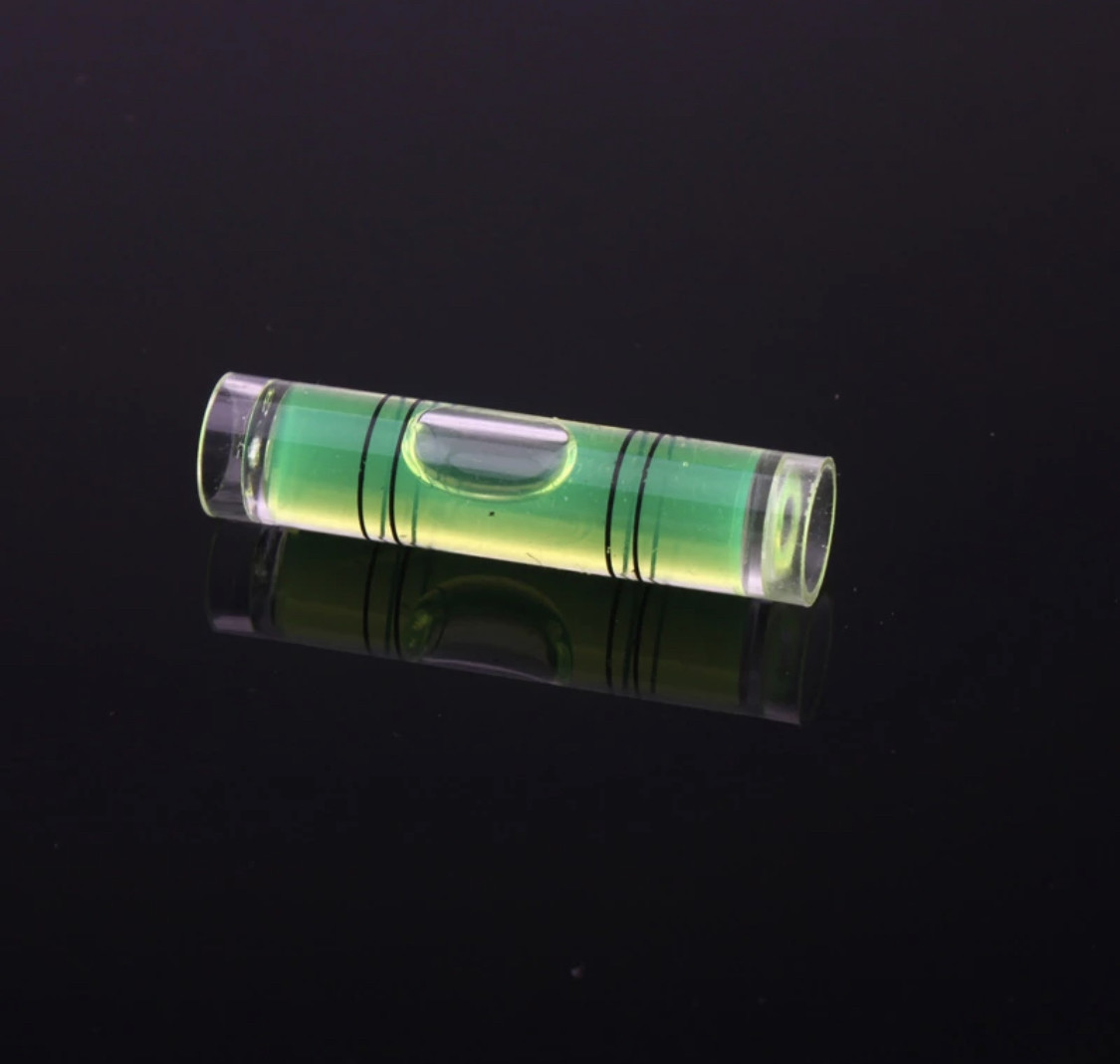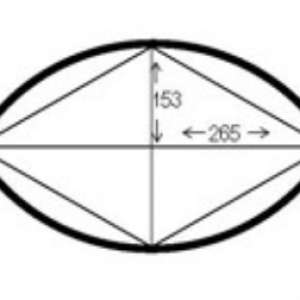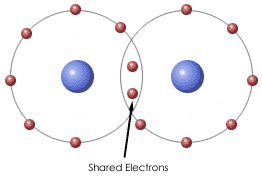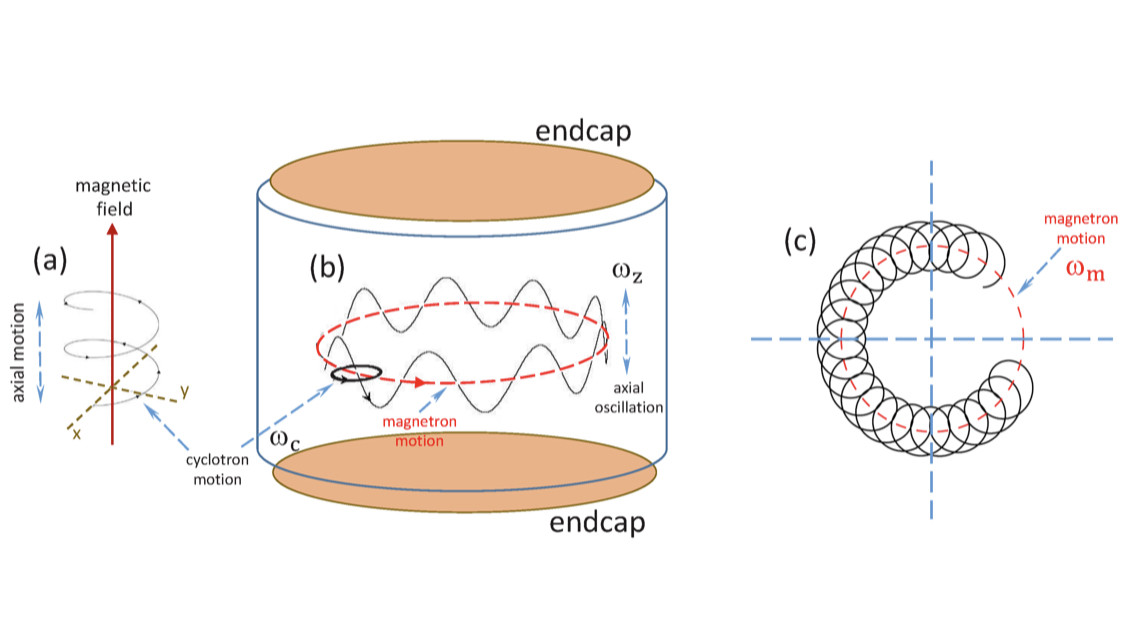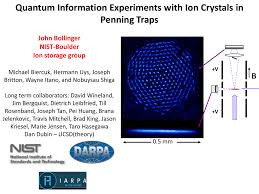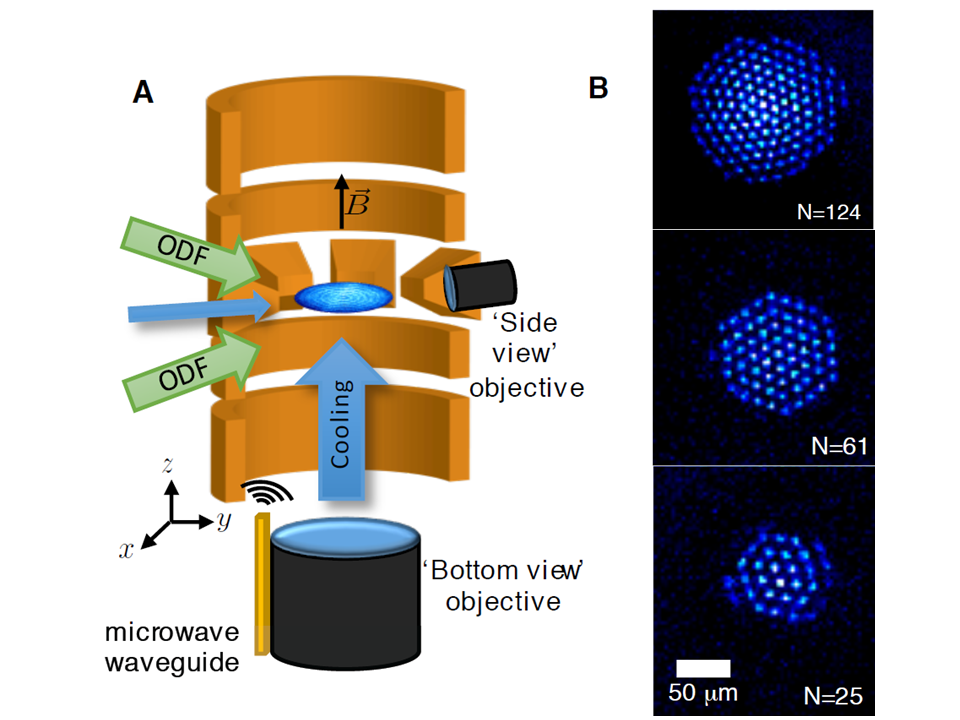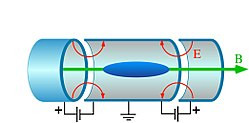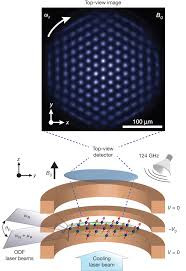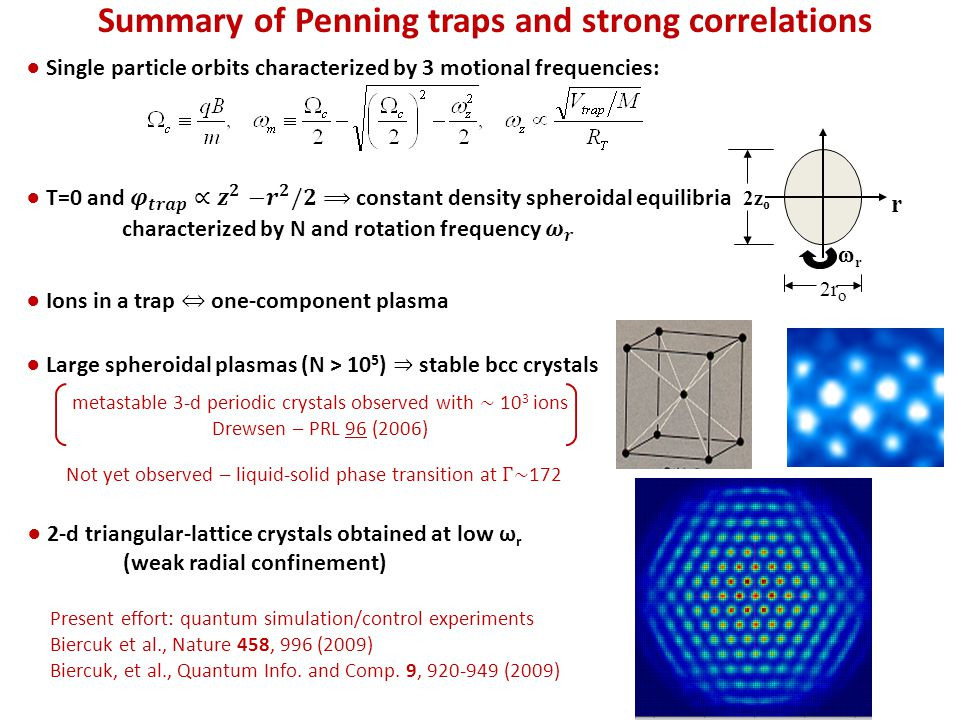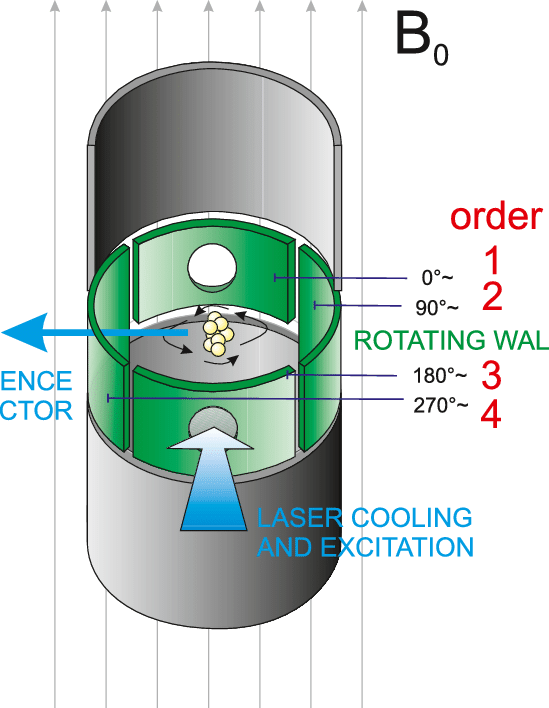The Mac
@TheMac
30 June, 10:53
Notice: Undefined index: tg1tga_access in /home/admin/www/anonup.com/themes/default/apps/timeline/post.phtml on line 396
Linda Moore
@mykismet06350
01 July, 11:04
In response The Mac to his Publication
Notice: Undefined index: tg1tga_access in /home/admin/www/anonup.com/themes/default/apps/timeline/post.phtml on line 396
The Mac
@TheMac
01 July, 04:28
In response Linda Moore to her Publication
Notice: Undefined index: tg1tga_access in /home/admin/www/anonup.com/themes/default/apps/timeline/post.phtml on line 396
Linda Moore
@mykismet06350
02 July, 02:26
In response The Mac to his Publication
Vesica Piscis
vesicle (n.) "small, bladder-like structure," early 15c., from French vesicule, from Latin vesicula "little blister," diminutive of vesica "bladder, blister" (see ventral (adj.) (see uterus)
The division of 265:153 is condensed to 1.73203 and the closest square root to number 3. Hence, √3 is called the “measure of the fish”
17/3/3/71
3203/3023
H3203 From יָכֹל (H3201) and יָהּ (H3050) Jecoliah or Jecholiah = "Jehovah is able"
H3023 yaw-gay'-ah; from H3021; tired; hence (transitive) tiresome:—full of labour, weary.
Ecc 1-18
H3
H17/71
vesicle (n.) "small, bladder-like structure," early 15c., from French vesicule, from Latin vesicula "little blister," diminutive of vesica "bladder, blister" (see ventral (adj.) (see uterus)
The division of 265:153 is condensed to 1.73203 and the closest square root to number 3. Hence, √3 is called the “measure of the fish”
17/3/3/71
3203/3023
H3203 From יָכֹל (H3201) and יָהּ (H3050) Jecoliah or Jecholiah = "Jehovah is able"
H3023 yaw-gay'-ah; from H3021; tired; hence (transitive) tiresome:—full of labour, weary.
Ecc 1-18
H3
H17/71
Notice: Undefined index: tg1tga_access in /home/admin/www/anonup.com/themes/default/apps/timeline/post.phtml on line 396
The Mac
@TheMac
02 July, 02:50
In response Linda Moore to her Publication
A covalent bond consists of the mutual sharing of one or more pairs of electrons between two atoms. These electrons are simultaneously attracted by the two atomic nuclei. A covalent bond forms when the difference between the electronegativities of two atoms is too small for an electron transfer to occur to form ions.
Notice: Undefined index: tg1tga_access in /home/admin/www/anonup.com/themes/default/apps/timeline/post.phtml on line 396
The Mac
@TheMac
02 July, 02:53
In response The Mac to his Publication
The harmonics are multiples of the fundamental frequency. So if the fundamental frequency is 100 Hz, the higher harmonics will be 200 Hz, 300 Hz, 400 Hz, 500 Hz, and so on. If the fundamental frequency were 220 Hz, the harmonics would be 440 Hz, 660 Hz, 880 Hz, and so on.
Notice: Undefined index: tg1tga_access in /home/admin/www/anonup.com/themes/default/apps/timeline/post.phtml on line 396
The Mac
@TheMac
02 July, 02:54
In response The Mac to his Publication
Notice: Undefined index: tg1tga_access in /home/admin/www/anonup.com/themes/default/apps/timeline/post.phtml on line 396
The Mac
@TheMac
02 July, 02:58
In response The Mac to his Publication
Notice: Undefined index: tg1tga_access in /home/admin/www/anonup.com/themes/default/apps/timeline/post.phtml on line 396
The Mac
@TheMac
02 July, 02:59
In response The Mac to his Publication
Notice: Undefined index: tg1tga_access in /home/admin/www/anonup.com/themes/default/apps/timeline/post.phtml on line 396
The Mac
@TheMac
02 July, 03:00
In response The Mac to his Publication
Notice: Undefined index: tg1tga_access in /home/admin/www/anonup.com/themes/default/apps/timeline/post.phtml on line 396
The Mac
@TheMac
02 July, 03:00
In response The Mac to his Publication
Notice: Undefined index: tg1tga_access in /home/admin/www/anonup.com/themes/default/apps/timeline/post.phtml on line 396
The Mac
@TheMac
02 July, 03:01
In response The Mac to his Publication
Notice: Undefined index: tg1tga_access in /home/admin/www/anonup.com/themes/default/apps/timeline/post.phtml on line 396
The Mac
@TheMac
02 July, 03:01
In response The Mac to his Publication
Notice: Undefined index: tg1tga_access in /home/admin/www/anonup.com/themes/default/apps/timeline/post.phtml on line 396
The Mac
@TheMac
02 July, 03:02
In response The Mac to his Publication
Notice: Undefined index: tg1tga_access in /home/admin/www/anonup.com/themes/default/apps/timeline/post.phtml on line 396
The Mac
@TheMac
02 July, 03:02
In response The Mac to his Publication
Notice: Undefined index: tg1tga_access in /home/admin/www/anonup.com/themes/default/apps/timeline/post.phtml on line 396
Only people mentioned by TheMac in this post can reply
The Mac
@TheMac
02 July, 03:05
In response The Mac to his Publication
Under appropriate conditions, absorption of light by a solid can initiate a process by which it is cooled. In particular, energy is extracted from a material when its absorption of a photon is followed by emission of a photon of higher energy. This up-conversion requires some of the solid’s electrons to garner energy from atomic vibrations. Here, two schemes for laser cooling via localized electronic states are addressed. The first scheme utilizes the ground state and an excited state of a localized center. In this two-level scheme, the cooling process is initiated with photon absorption in the extreme low-energy tail of a localized state’s vibrationally broadened absorption spectrum.
Notice: Undefined index: tg1tga_access in /home/admin/www/anonup.com/themes/default/apps/timeline/post.phtml on line 396
The Mac
@TheMac
02 July, 03:06
In response The Mac to his Publication
The subsequent atomic relaxation transfers energy of especially large vibratory atomic strains into electrical energy that is then extracted via photon emission. The second scheme involves the ground state and two excited states of a localized center. Cooling is facilitated when (i) the photoexcitation of an electron from its ground state to the lower excited level is followed by (ii) electron-phonon-induced promotion to the uppermost level and the subsequent (iii) return of the electron to its ground state with emission of a photon of higher energy than that of the absorbed photon. However, competing relaxation processes contribute to heating.
Notice: Undefined index: tg1tga_access in /home/admin/www/anonup.com/themes/default/apps/timeline/post.phtml on line 396



